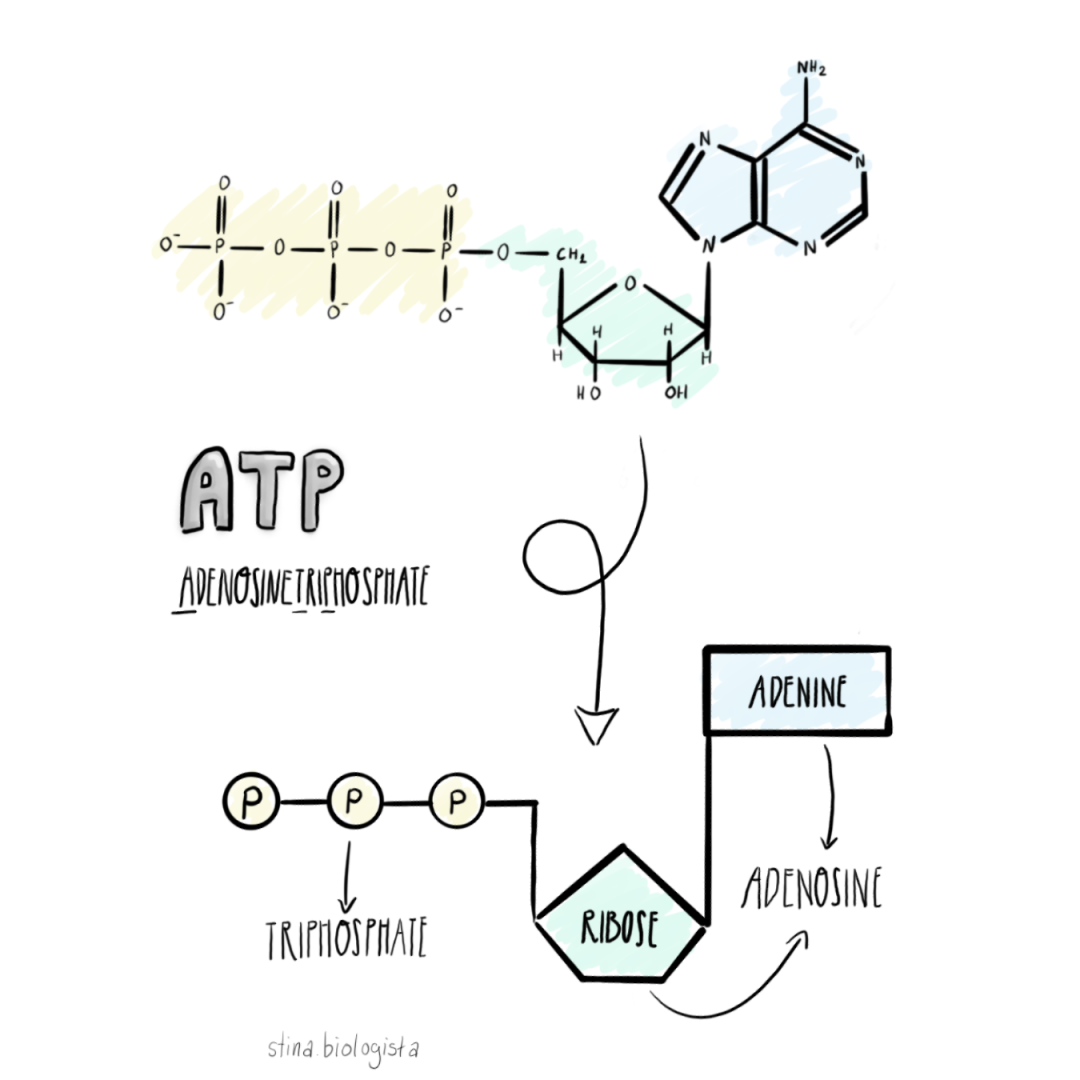“You need to be able to draw every structure of this lecture by heart”
Ever heard your teacher saying this? Let me show you how to approach and – most importantly – master this task.
If you follow me on instagram you might know that I needed to do this in the last semester and that I didn’t know where and how to start. I just saw a load of chemical structures and had no clue how I was supposed to shove them up into my brain. I simply panicked. Until I found a way to do it.
(This post is supposed to be a guideline for studying and won’t show you how to draw every single molecule)
- Try to begin as early as possible
Life could be so much easier if we all would just start a bit earlier. However nobody does it. And neither did I – at least not completely. I did start early but I started in a wrong, time-consuming way and ended up throwing everything overboard. It would have been less stressful if I knew how to do it from the beginning. - Recall bonding rules and functional groups / Octet Rule? wtf was that?
This will help you with checking if your molecule is drawn chemically correct and with the next step: - Break it up!

Memorizing the biochemical building bricks can help you build molecules
Every group of molecules originates from a basic structure and you can even break it up in its subunits. This is why you should focus on studying the building bricks (e.g. monosaccharides, nucleobases [A,T,G,C,U], amino acids, …) in order to memorize big molecules. “Simply” learn to speak the language, beginning with the vocabulary (e.g. structures of adenine, ribose and phosphate) and finishing off by talking in whole sentences (e.g. adenosinetriphopshate).The names of most molecules are already describing the structure!

Adenosine = nucleoside consisting of adenine (nucleobase) and ribose (monosaccharide)
Triphosphate = three times phosphorylatedIf you want to draw a different nucleotide, let’s say uridinmonophosphate, you just need to exchange the base adenine for uracil and “delete” two phosphates (monophosphate = we only need one phopshate!).
In most groups of molecules there are only slight changes of functional groups between each member. If you just memorize the basic structures and changes you don’t need to learn every molecule as a whole.
The same goes for intermediates of cycles (e.g. krebs cycle). It is easier to memorize the changes between each step.
Blausen.com staff (2014). “Medical gallery of Blausen Medical 2014“. - Flashcards? Apps?
Didn’t help me. There are many apps intended for memorizing amino acids for example. I personally think that they can help you recognizing structures, but not drawing them by heart. In order to draw them you need to draw them. Which is why you should… - … get your drawing skills out!
Don’t worry. You don’t need to be in close relation to da Vinci and your hexagons don’t need to be perfect (eventhough that would be aesthetic af!). The advantage of drawing the structures instead of just using flash cards is that your brain doesn’t only receive visual information about the molecule but also information about the motions you do while drawing it.
If you practice a structure all and all over again (you won’t get around it, sorry) you will remember it in no time. In the end your hand will know how to draw it without you even thinking about it. - Don’t waste paper – use a dry erase board!
You can get them online (e.g. amazon). I also like to use them for mind maps, time-management, funny faces, …
Let me know if you have some more tips for memorizing structures in the comments! And don’t forget to show me your self-drawn structures on instagram (@stina.biologista). I would love to see them!
Have a great day,


Some really nice stuff on this website , I love it.
LikeLike
this was super helpful, thank you so much!! <3<3<3
LikeLike